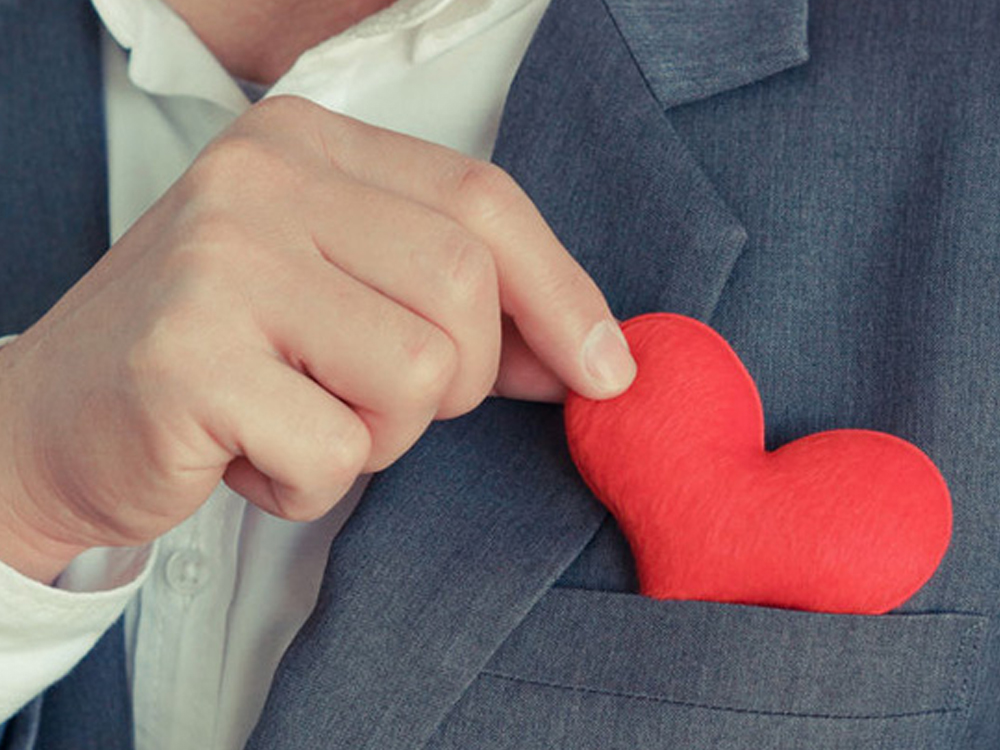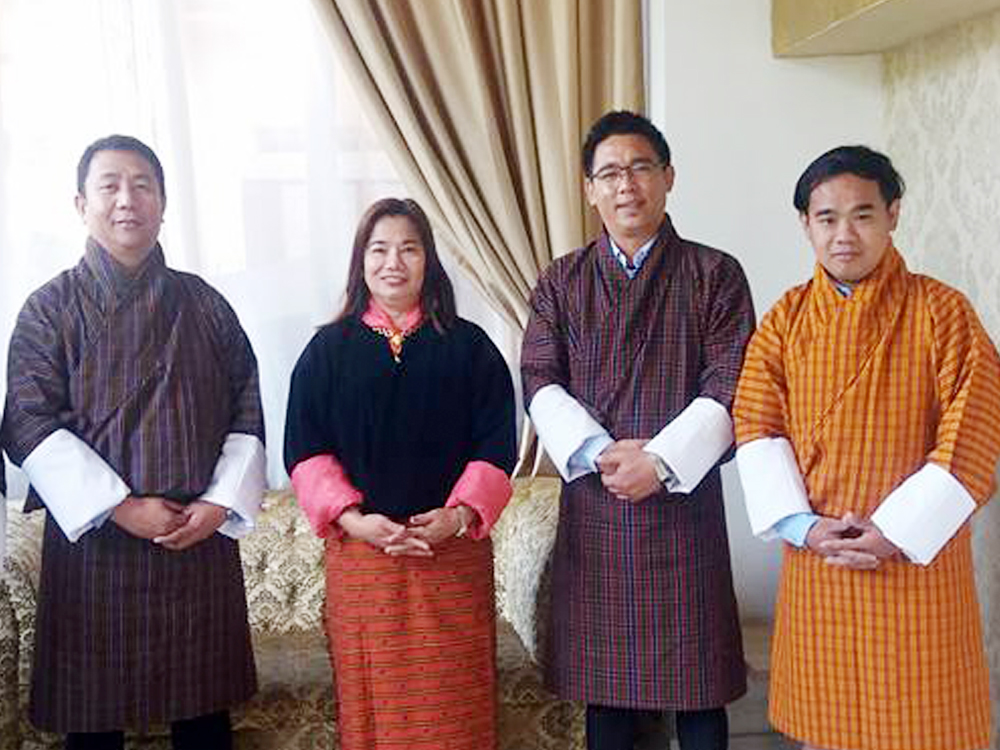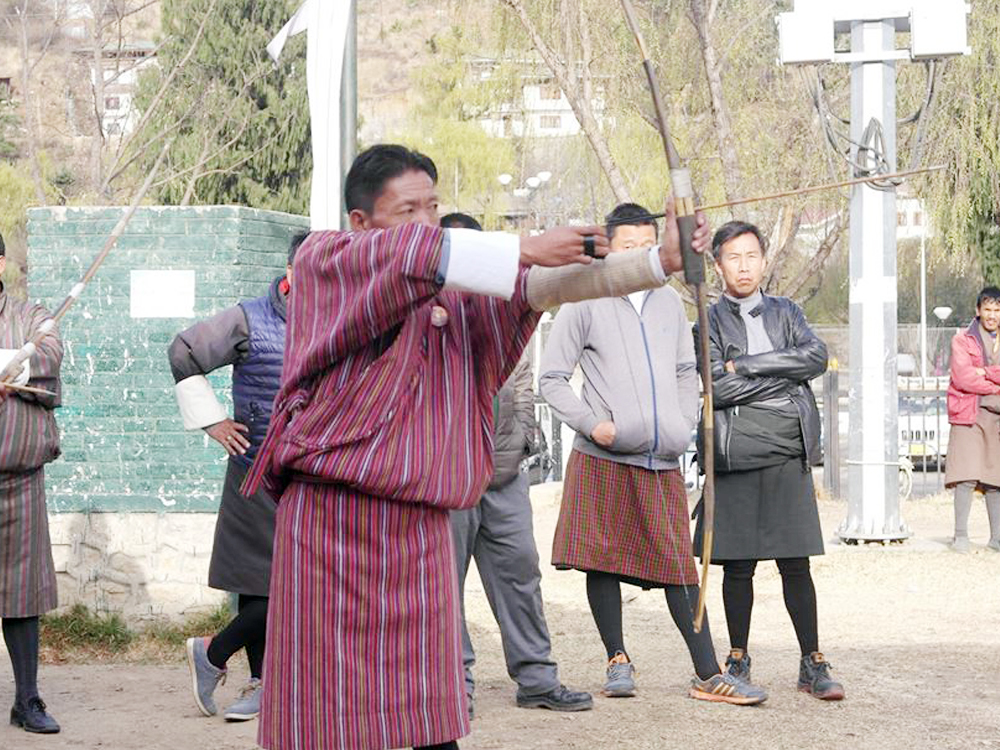Bhutan’s King and Queen
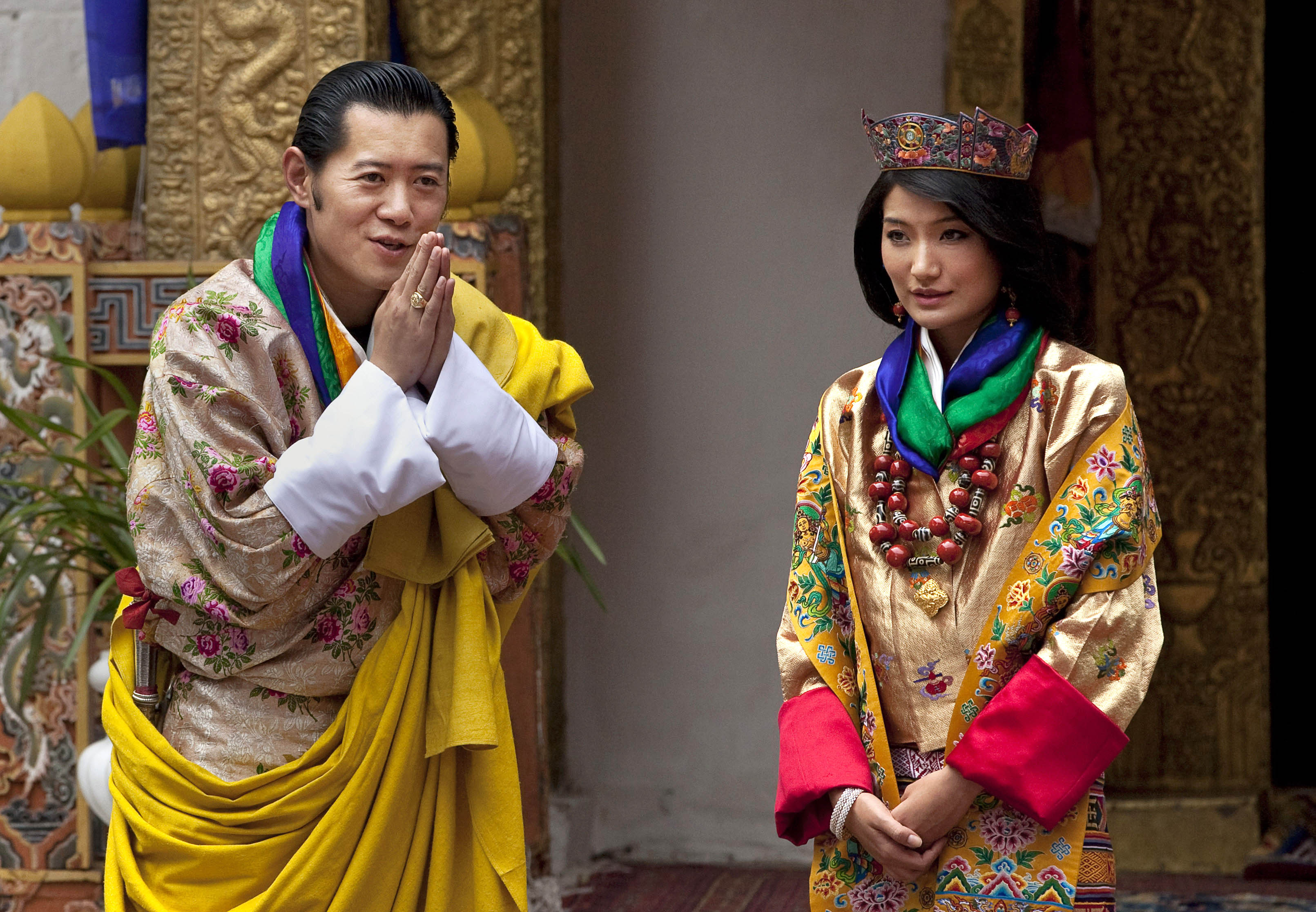
King Jigme Khesar Namgyal Wangchuck and Queen Jetsun Pema are the fifth king and queen of Bhutan. They are more known as the Dragon King and Dragon Queen and are also referred to as “William and Kate of the Himalayas”. They were married on October 13, 2011, born out of love rather than an arranged marriage which is a tradition in the country. Their five-hour fairytale-like wedding ceremony was televised and shown to the public. After the ceremony, the King and Queen sealed a kiss in front of a huge crowd who were very cheerful for them. Instead of spending time for honeymoon, the royal couple had a walking tour in Bhutan to meet the people. Although Bhutan allows polygamous relationships, the young King said he will remain monogamous despite the tradition.

King Jigme Singye Wangchuck (Bhutan’s Fourth King)
Jigme Singe Wangchuk, the Dragon King’s father, enacted many reforms in Bhutan. He introduced democracy to the country. King Jigme ascended the throne after his father in 2006, at the age of 26. Through the current king’s modern ways and worldwide appeal, he is doing state visits particularly in Thailand, Japan, England and India to raise the international profile of his country.
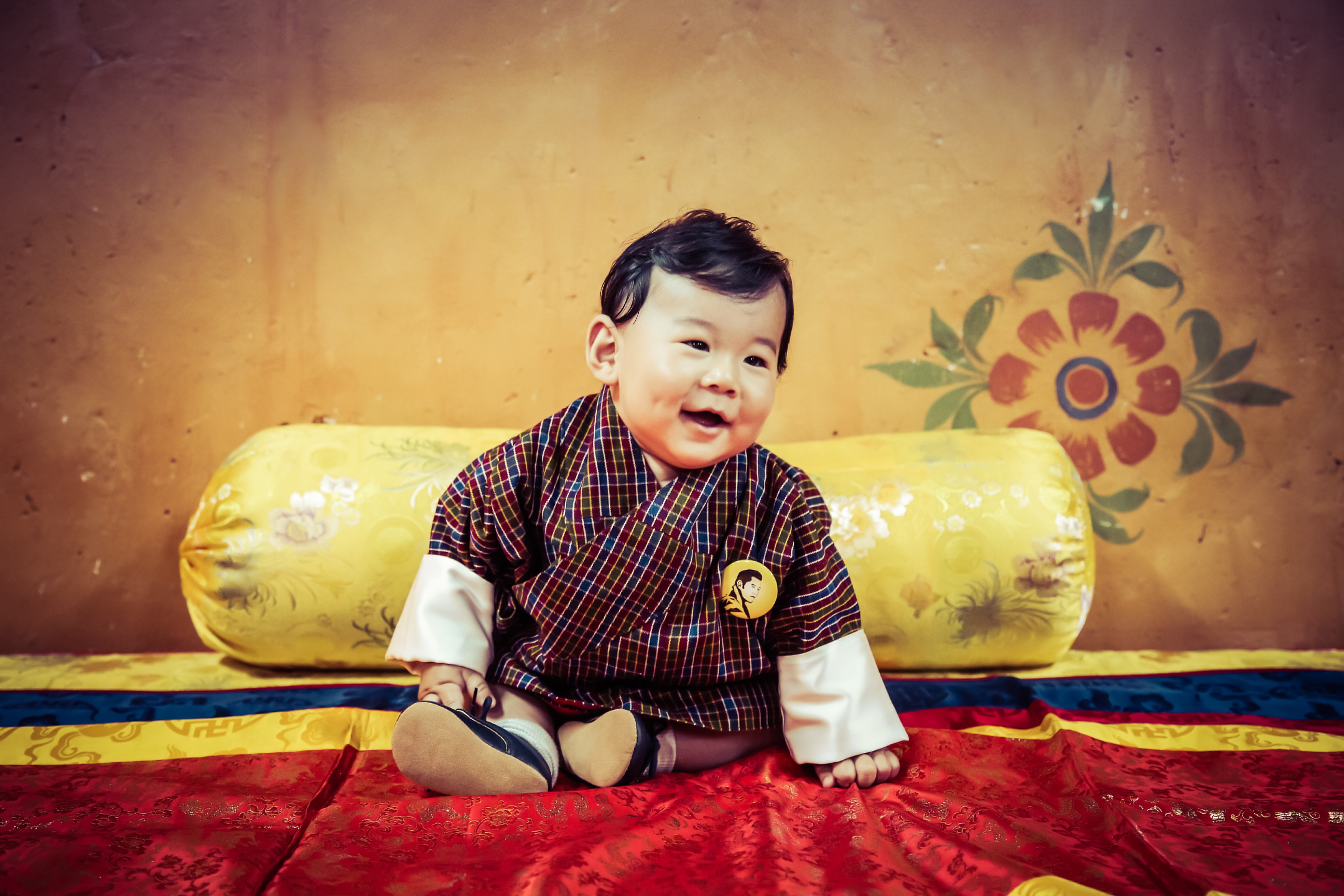
The Himalayan monarch and Queen Jetsun announced the birth of their son on February 19, 2015. As tradition, their son’s name was not revealed at first. He had only been known as “Royal Highness The Gyalsey” – a Buddhist word for prince. In April 2015, a colourful ceremony was held at Punakha palace in the Himalayan Kingdom. The name of the prince is Jigme Namgyel Wangchuck. Jigme means “fearless”.

The king and queen are beloved of Bhutan citizens because of their youthful spirit and sweet romantic union. The couple lives a simple life and often greet the public with a cup of tea which prove their humility.


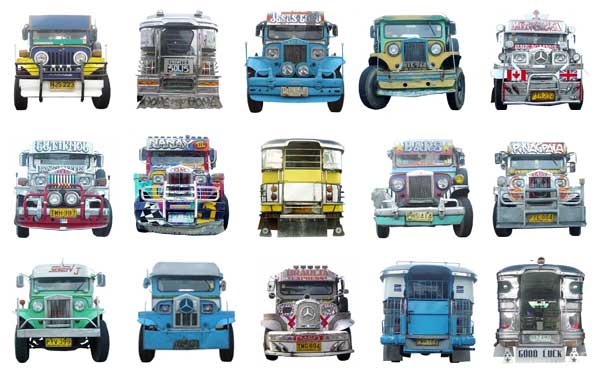



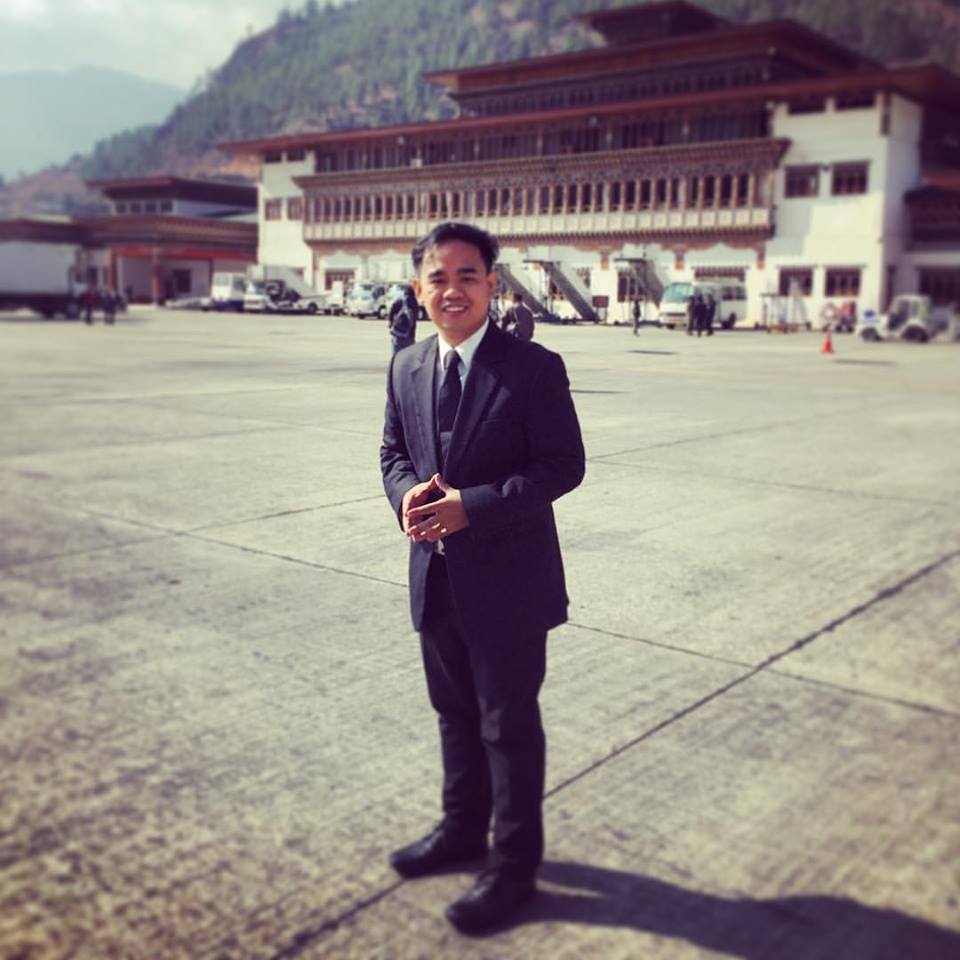
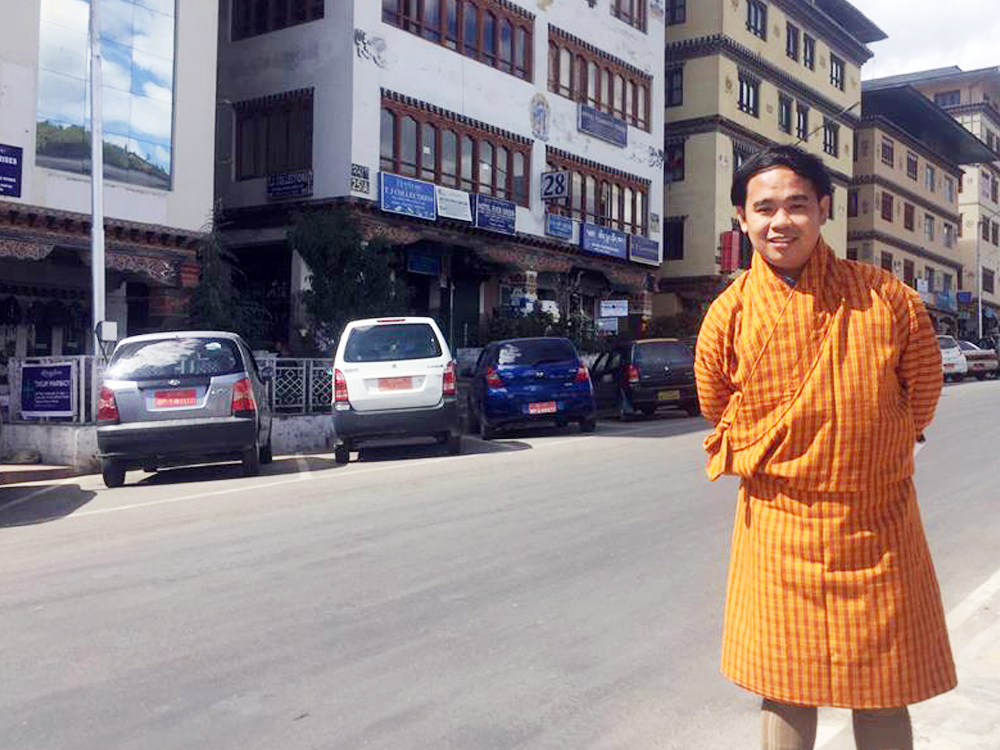


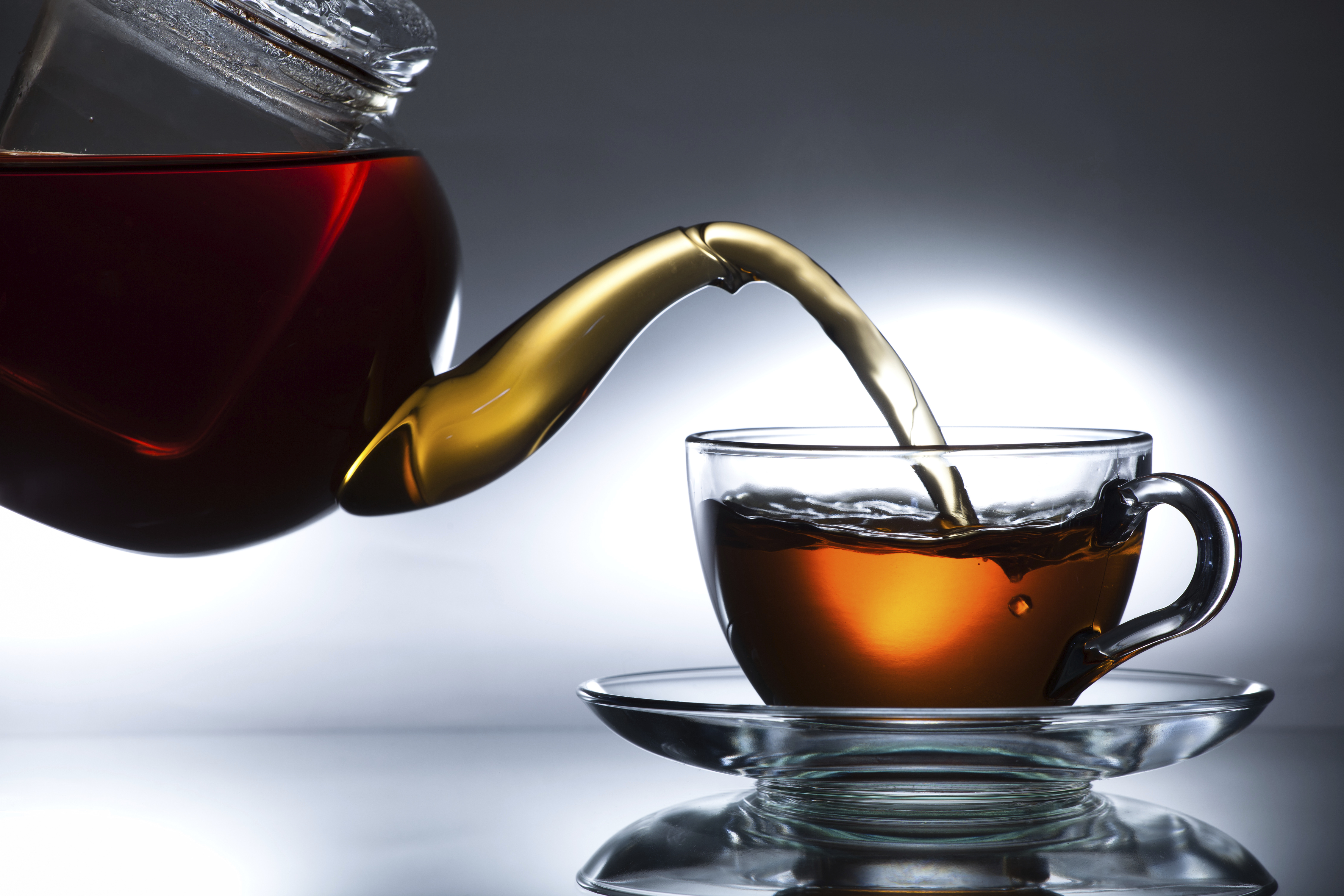
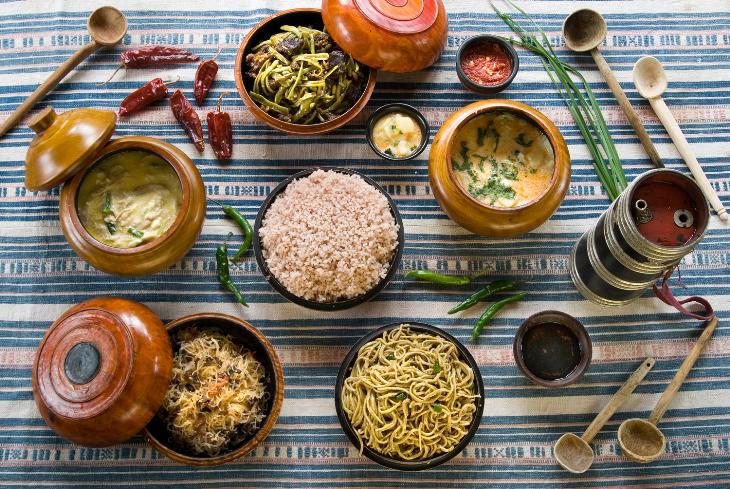
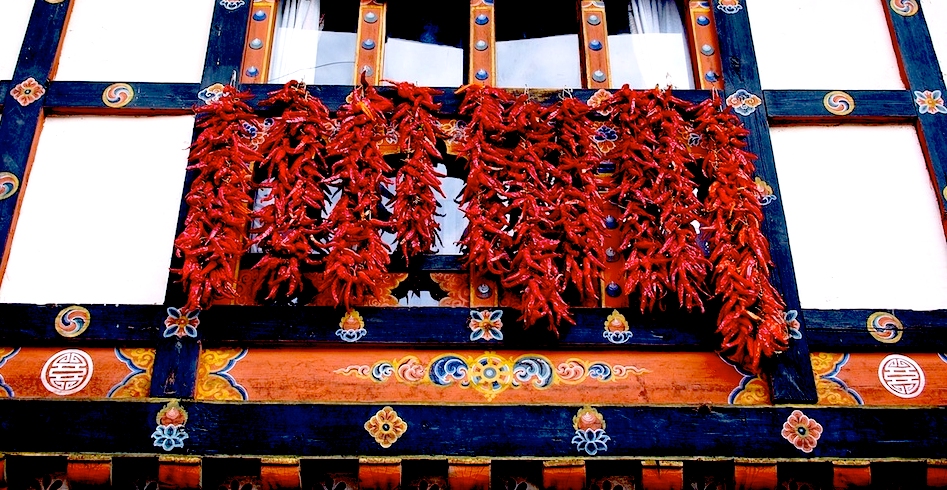 CHILI
CHILI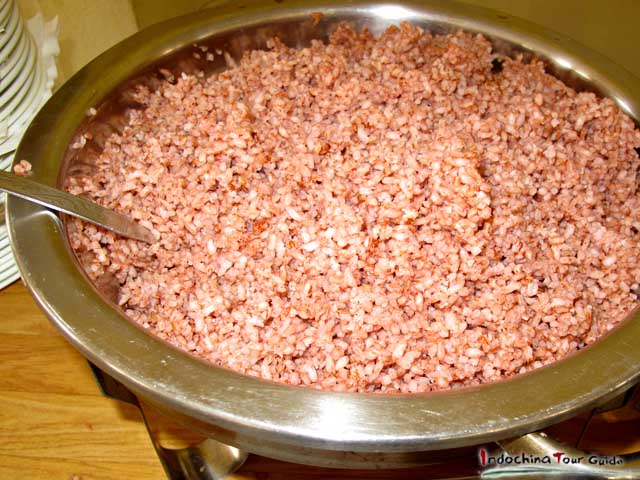
 DAIRY
DAIRY
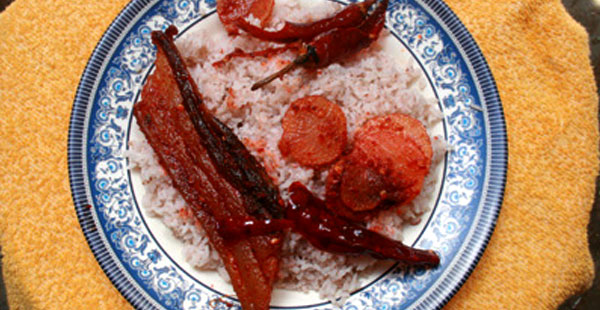
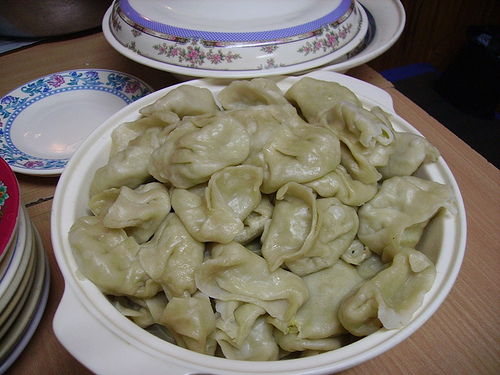
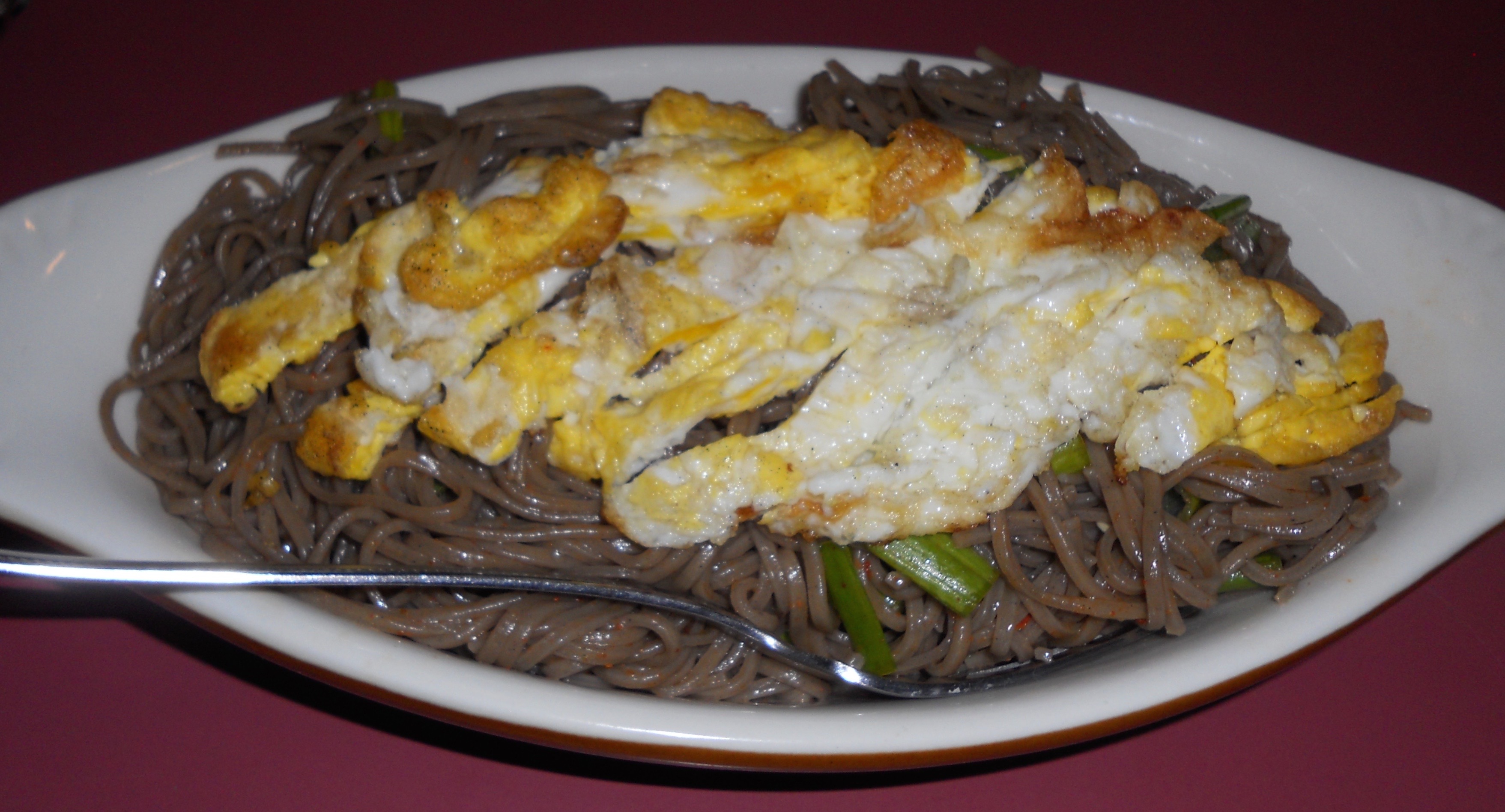 “Puta”
“Puta”
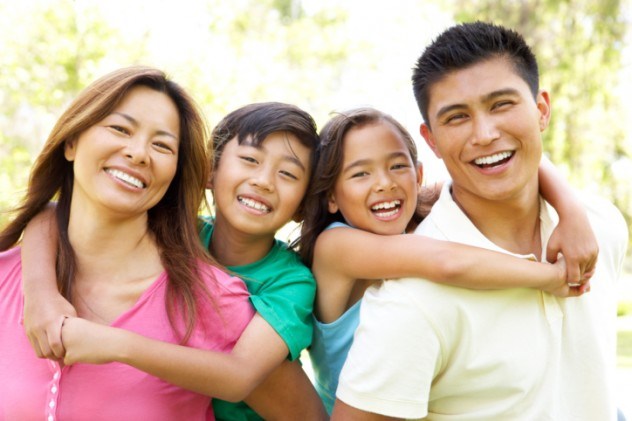
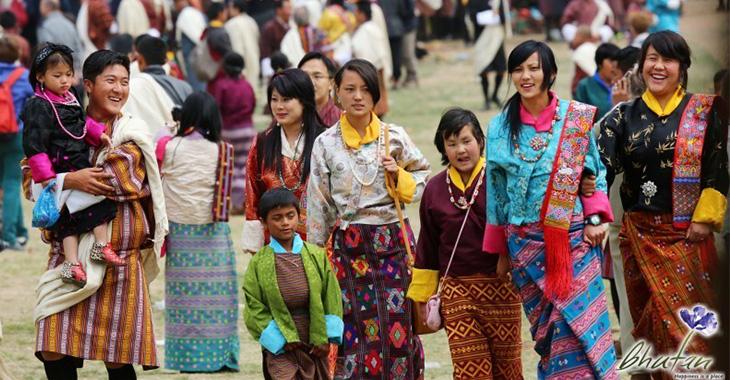
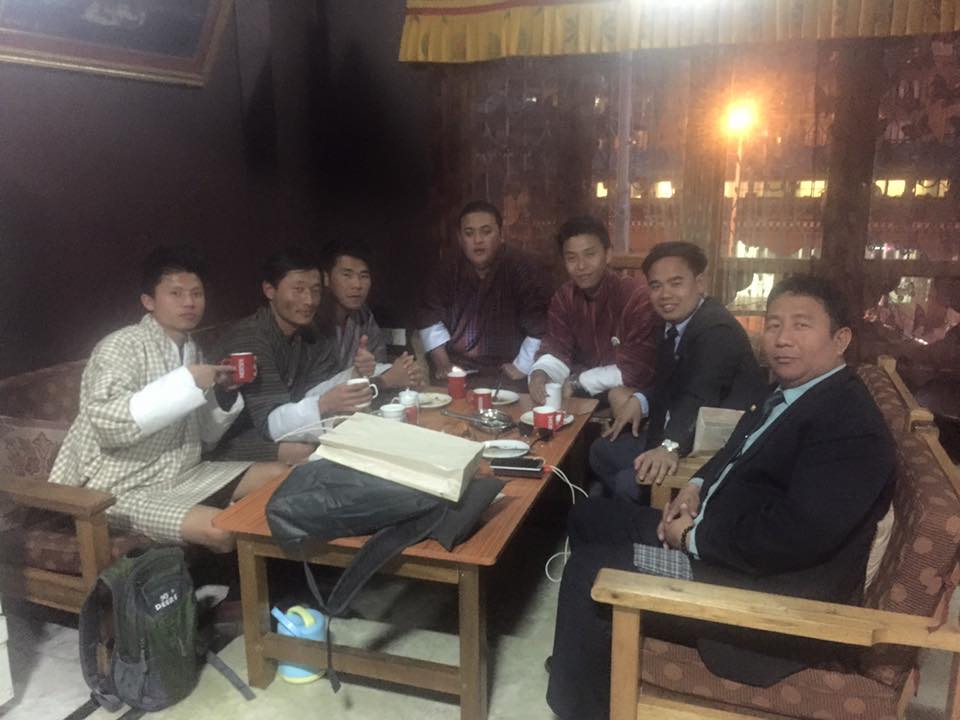
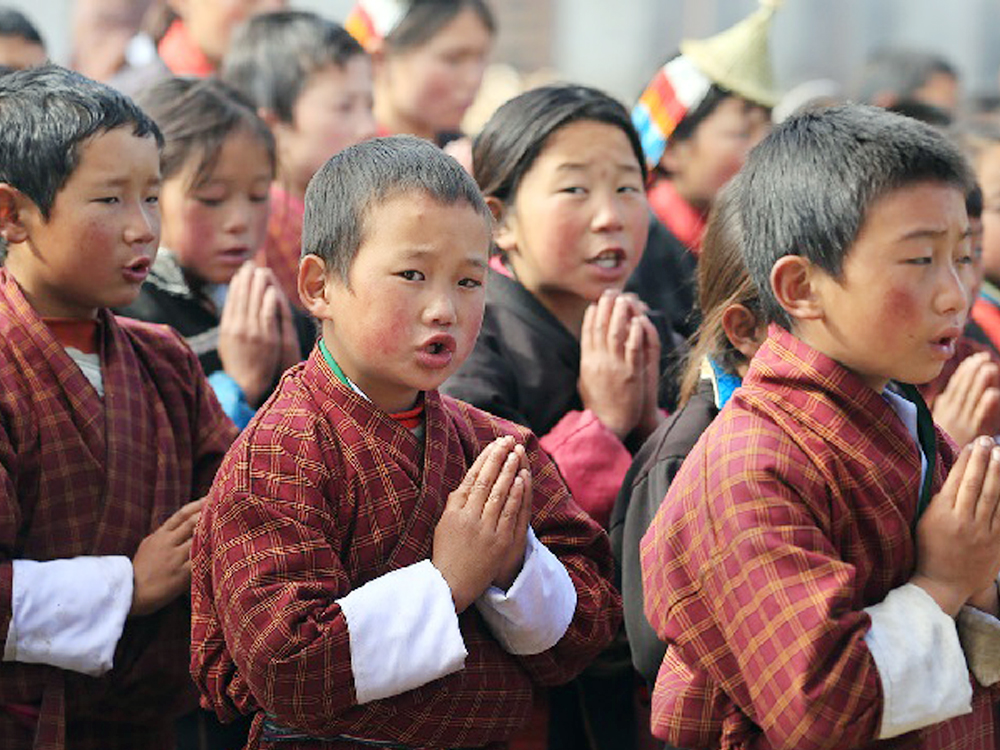


 CALM YOURSELF. FIND THAT INNER PEACE. Panicking over the initial impact of stress would not solve anything. Before you begin stressing over something, ask yourself “Have I adequately prepared for it?” If yes, then what are you stressing about? If you answered no, ask yourself next, “Can I do something about it?” If yes, then why are you stressing about it? If no, then you better get moving.
CALM YOURSELF. FIND THAT INNER PEACE. Panicking over the initial impact of stress would not solve anything. Before you begin stressing over something, ask yourself “Have I adequately prepared for it?” If yes, then what are you stressing about? If you answered no, ask yourself next, “Can I do something about it?” If yes, then why are you stressing about it? If no, then you better get moving.  BE FLEXIBLE WITH CHANGES AND SURPRISES.They are inevitable. You cannot run away with changes in the plans or in what you have prepared for. You have to be always in your a-game and eager to adapt.
BE FLEXIBLE WITH CHANGES AND SURPRISES.They are inevitable. You cannot run away with changes in the plans or in what you have prepared for. You have to be always in your a-game and eager to adapt. PRIORITIES. Sometimes, you get overwhelmed with work and you want to prove yourself. In return, you fail to give your fullest and best work with the task at hand AND you get stressed if you can’t accomplish everything. You get stressed with the queued activities. Learn to say “no”. Negotiate priorities. Take Superman, he can’t be Superman and Clark Kent at the same time, Batman cannot be Batman and Bruce at the same time.
PRIORITIES. Sometimes, you get overwhelmed with work and you want to prove yourself. In return, you fail to give your fullest and best work with the task at hand AND you get stressed if you can’t accomplish everything. You get stressed with the queued activities. Learn to say “no”. Negotiate priorities. Take Superman, he can’t be Superman and Clark Kent at the same time, Batman cannot be Batman and Bruce at the same time.


